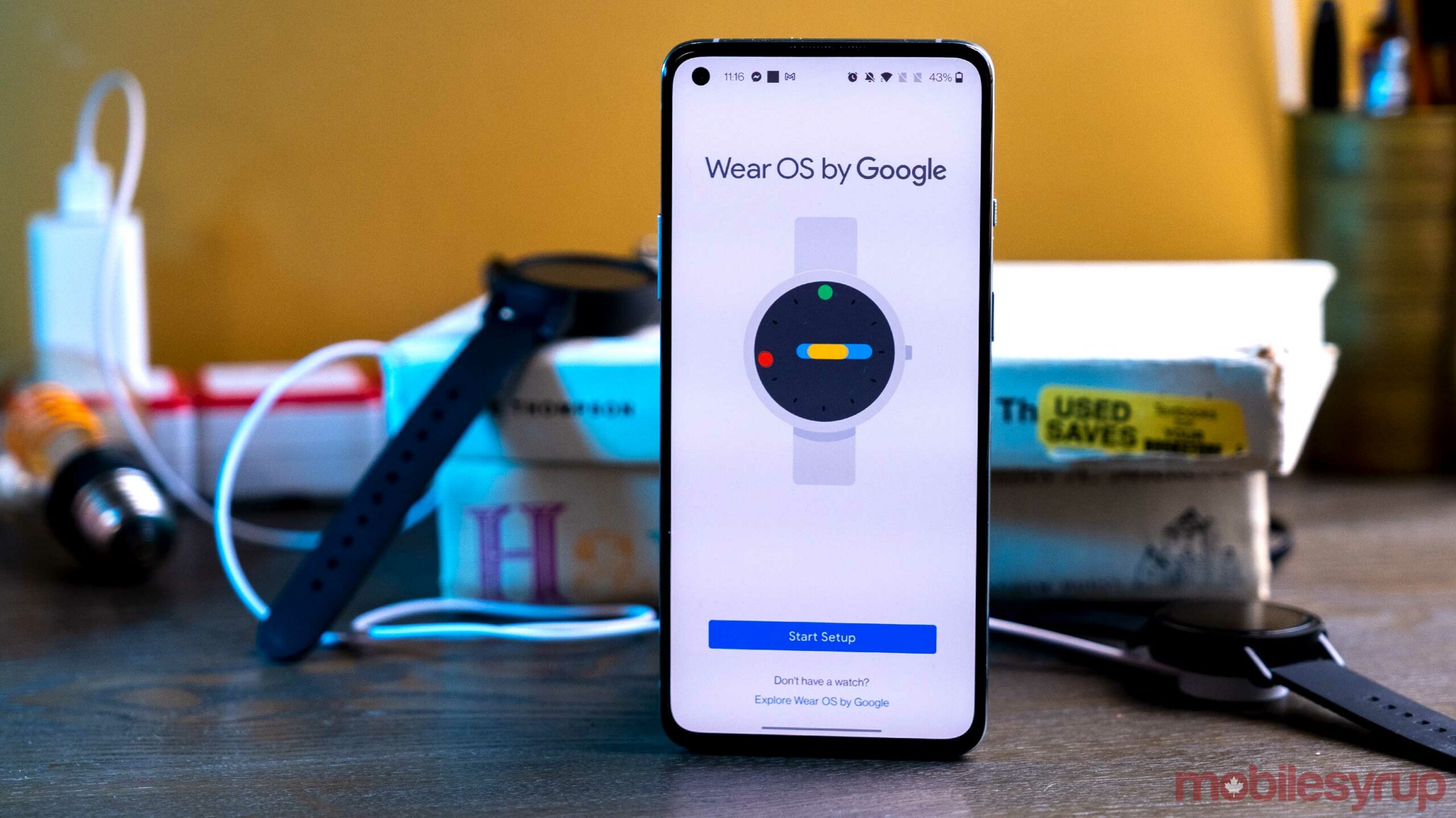
Back at I/O 2021, Google announced plans to partner with Samsung and build a revamped, unified Wear OS platform. One of the biggest questions coming out of that announcement was how that would impact current Wear OS devices. Well, now we have some answers.
Google clarified details about its upcoming Wear OS refresh via a post on the Wear OS by Google Help page. First, the company finally confirmed that it will officially call the platform Wear OS 3. Next, the post explained that the “previous generation” of Wear OS smartwatches will get a system update to OS 3, although the company warned that the user experience will be impacted in “some limited cases.” Finally, Google warned that smartwatch owners would need to factory reset their watches to do the upgrade. You can read the full quote below:
“User experience is a top priority for us and we are excited about the interest we’ve received on Wear OS 3, the new unified platform. For the previous generation of Wear OS smartwatches, a system update to Wear OS 3 will bring the benefit of many of the new experiences, and in some limited cases, the user experience will also be impacted. The extent of changes brought to Wear OS 3 will also require you to upgrade and reset your smartwatch to the way it was when you first got it (“factory settings”).”
So, that doesn’t sound great. But then, considering that Wear OS 3 appears to be a fairly significant update, I’m not totally surprised the upgrade process could have some major hurdles. That said, Google also noted that it will offer the upgrade on an “opt-in basis for eligible devices” so that people who prefer to keep the current Wear OS experience can do so.
Eligible devices include Snapdragon Wear 4100 hardware, but not 3100
Speaking of eligible devices, Google also shared more details about which “previous generation” Wear OS watches will get the update:
“Wear OS devices that will be eligible for upgrade include Mobvoi’s TicWatch Pro 3 GPS, TicWatch Pro 3 Cellular/LTE, TicWatch E3 and follow on TicWatch devices, as well as Fossil Group’s new generation of devices launching later this year.”
As Gizmodo points out, all of those watches use (or will use) Qualcomm’s Snapdragon Wear 4100 chip. Alongside Fossil’s confirmation that its existing Wear 3100 watches won’t get the upgrade, it certainly seems like watches with the older Snapdragon Wear 3100 won’t be eligible for the update.
It’s disappointing, but hardly a surprise. Qualcomm announced the Wear 4100 chip in 2020 and, at the time of announcement, it was already laughably under powered (and yet somehow still a significant boost over the 3100 platform). Just one example: the Wear 4100 chip uses a 12nm process — most current chips use a 5nm process and 3nm is on the horizon. The 3100? 28nm.
To be fair, the nanometre measurement is more of a marketing term than anything that resembles actual physical features on the chip. However, the nanometre nomenclature does represent an improved generation of silicon with increased transistor density, speed and reduced power consumption.
All this is to say that Qualcomm’s Wear chips have been, well, lacking, especially compared to the competition. And with Samsung getting on board with Wear OS, that should open up new hardware opportunities. Reports suggest the company’s new Exynos W920 chip has a 1.25x faster CPU and 8.8x smoother graphics than the Galaxy Watch 3’s Exynos 9110. The W920 is also reportedly a 5nm chip. For some added context, the Exynos 9110 was already significantly ahead of the Wear 4100.
What it means for smartwatch customers and owners
Wear OS 3 sounds like it’s designed to take advantage of the extra processing power available in newer hardware. Coupled with Google’s warning about the impact to user experience for those upgrading their Wear 4100-powered smartwatches, it seems Wear OS 3 may not run well on that hardware. That should rule out the upgrade for Wear 3100 watches too. Qualcomm did announce plans to release new Snapdragon Wear platforms next year, but it remains to be seen how competitive they are with Samsung’s offerings.
As for customers, there are a few takeaways. If you’re in the market for a new smartwatch, it’s probably best to avoid anything running on a Snapdragon Wear 3100. Further, if you can wait, I’d say do it. No point forking out the money for a Wear 4100 watch now that may not run Wear OS 3 well later.
Those who already own a smartwatch also have options. If the watch has a 4100, great! Keep using it and, when the Wear OS 3 update finally comes (sometime in mid-2022, according to Google), look for an opportunity to see how well it works before you commit to the update. And those with a 3100-powered watch, well, it seems you’re out of luck. If your watch still works fine, I’d say hold on to it. There’s still a lot of time before Wear OS 3 updates start rolling out, so the best course of action would be to keep the 3100 for as long as you can and once Wear OS 3 watches are available, make an upgrade to them. If you need a new smartwatch sooner than mid-2022, see the above paragraph about looking for a new smartwatch.
Finally, Google has committed to maintaining the current Wear OS platform after Wear OS 3 drops. Specifically, Google promised to bring “new app experiences” and security updates “for a minimum of two years from device launch.” In other words, if Wear OS 3 drops, and it isn’t a good fit for your watch (or you prefer not to upgrade your hardware), you’ve still got time.
MobileSyrup may earn a commission from purchases made via our links, which helps fund the journalism we provide free on our website. These links do not influence our editorial content. Support us here.


